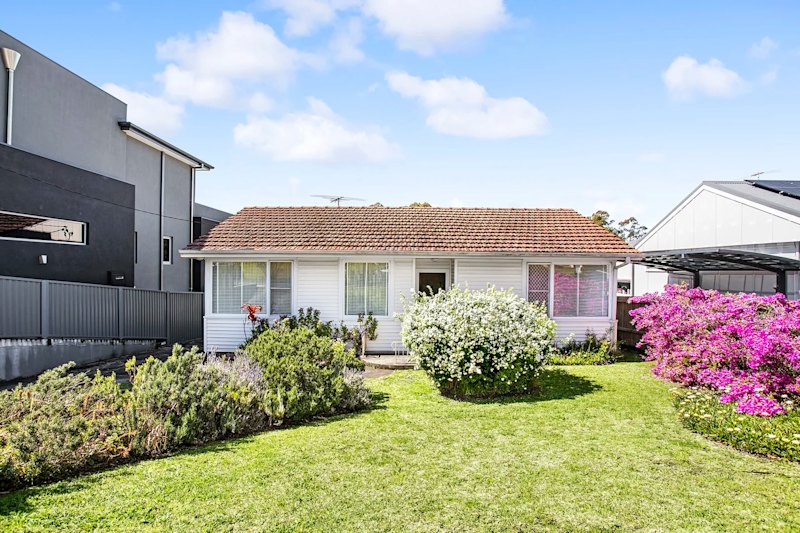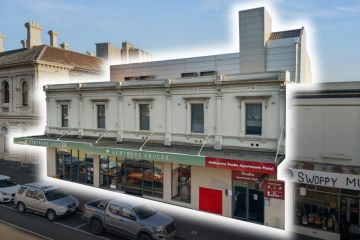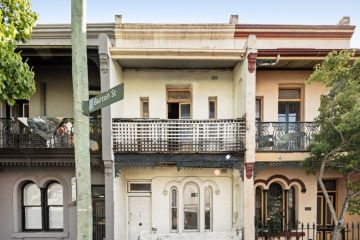Why now's the time to fulfil your dreams of buying an overseas investment property
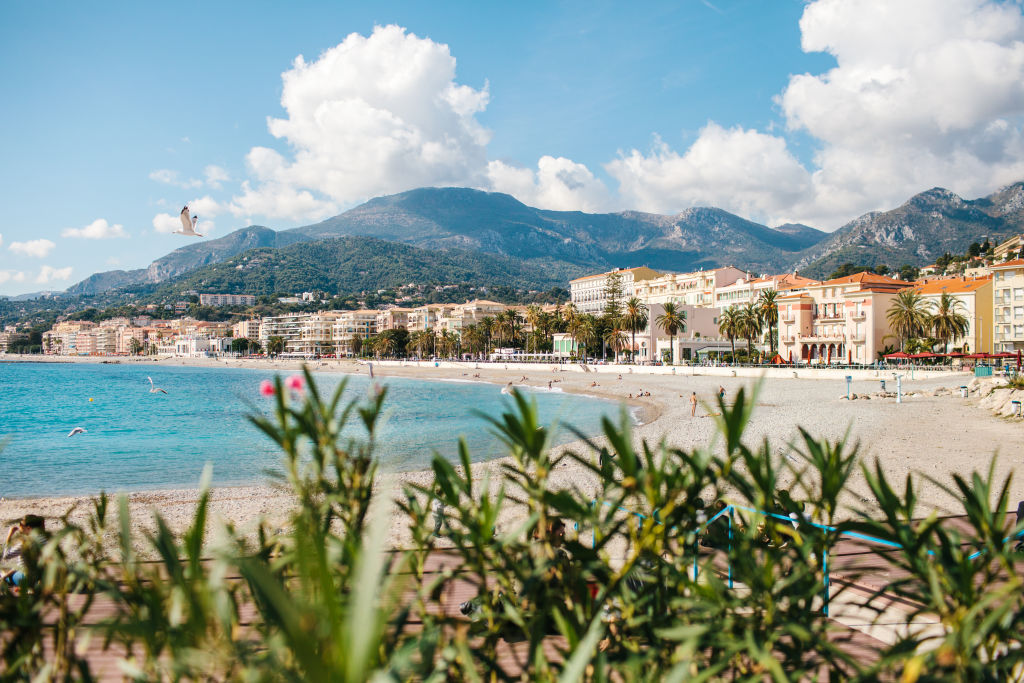
Pre-COVID-19, how many of us had fabulous holidays overseas and idly daydreamed about buying an investment property in some gorgeous spot?
Post-COVID, will any of us actually do something about it?
Quite a few, according to Brett Evans, managing director of financial advisors Atlas Wealth Management.
With the pandemic pushing us to relive those memories even more fondly, house prices in Australia soaring, savings building up and many favourite spots around the world much more affordable with good capital growth, investing in residential property overseas has never looked so tempting.
“Australians are basically nomadic creatures and love to travel,” Evans says.

“In the past, it could be quite a convoluted process to buy overseas, but, especially with the pandemic, many countries are now making it easier.
“Australian property at the moment is offering very low yields and, from a financial perspective, it’s also a bit of a currency hedge. I spoke to a couple yesterday downsizing in Sydney and buying in the south of France, so they’d have income in Euros as well as in Australian dollars.”
With so many governments ploughing funds into infrastructure and everyone so much more familiar with the technology of buying sight unseen, there are some inviting indicators around.
Knight Frank’s latest Global House Price Index, for instance, shows house prices rising 9.2 per cent on average across 55 countries in the year to June 2021.
Some of our favourite holiday destinations are in the top 10 of growth, too: New Zealand 25.9 per cent, the US 18.6 per cent and Canada 16 per cent.
Kate Everett-Allen, head of international residential research for Knight Frank, says, “house prices are rising at their strongest rate since the first quarter of 2005”.
“Yet,” she says, “this is a story largely confined to advanced economies where support measures have protected jobs and enabled significant savings throughout COVID.
“Due to travel restrictions, the surge in demand has come from domestic buyers in key economies such as New Zealand, the United States and Australia.
The results of our recent Global Buyer Survey confirm strong demand is set to persist in the short to medium-term.”
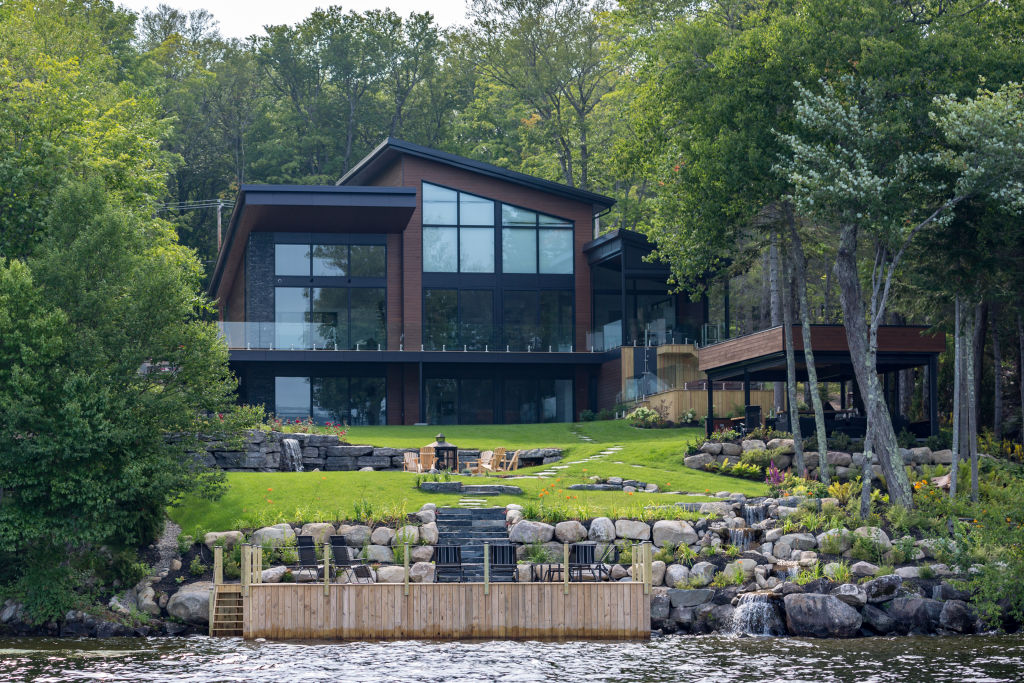
Many countries’ median prices are still far below those of Sydney, or Byron Bay, too.
Auckland’s median is just US$801,388, for instance, on figures from Chinese property portal Juwai IQI, Lisbon’s US$224,808, Tokyo US$703,454 and even London US$861,614.
Most Australians prefer to invest in homes where they might like to spend more time at some stage in the future, or where they can holiday sometimes and rent out the rest of the time.
But they need to check many factors, advises Effie Zahos, editor at large at the financial comparison site Canstar.
These include tax liabilities, exchange rates, currency movements, finance and funding, any existing debts on the property, how to confirm title and ownership, protecting the investment and an exit strategy – all difficulties that can be compounded by language barriers.
“It tends to come down to what are you buying it for?” Zahos says.
“You might get a relatively low entry price and high rental return, especially in rural locations, and you could build your cash flow through holiday lets.
“We’ve all gone on holiday and thought, ‘Gee, I’d love a place here!’ and it can be really affordable. Who wouldn’t love a little place in Mykonos? And with remote working …”
We recommend
We thought you might like
States
Capital Cities
Capital Cities - Rentals
Popular Areas
Allhomes
More



